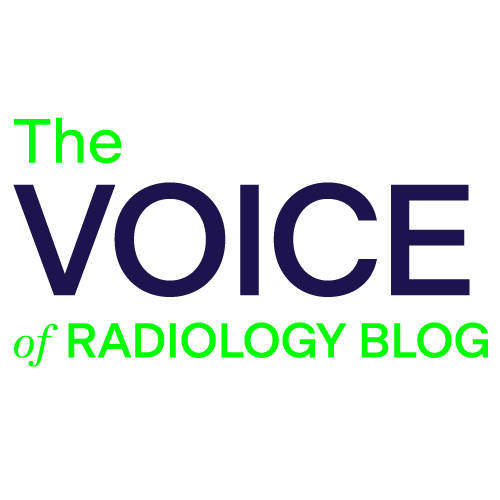Paul E. Wallner, DO, FACR, Chair of the ACR Federal Regulatory Committee, Kathleen Hintenlang, PhD, FACR, Chair of the American College of Radiology® (ACR®) Medical Physics Committee on Government Relations, and Ralph Lieto, MS, FACR, Chair of the ACR Nuclear Medicine & Molecular Imaging Committee on Government Relations and President of the Michigan Radiological Society, contributed this post.
A vendor of a novel nuclear uptake probe and dosimetry app has been lobbying for government mandates to require use of nonstandard detection and dosimetry methods for diagnostic and therapeutic nuclear medicine (NM) agent infiltrations/extravasations. The issue escalated in 2020, when the vendor filed a petition for rulemaking (PRM-35-22) with the Nuclear Regulatory Commission (NRC) to require certain extravasations meeting an arbitrary threshold, which is below the threshold for somatic biological effects, be reported to NRC as “Medical Events,” formerly known as “misadministrations,” under 10 CFR 35.3045. How could this potentially impact radiology care providers, and most importantly, patients?
The regulatory implementation approach favored by the petitioner would necessitate novel, time-consuming and costly methods of radiation detection at the injection site during all relevant intravenous (IV) administrations of NM agents. If radiation is detected by the skin probes, an extravasation would be assumed, and nonstandard dosimetry calculation—the validity of which has been called into question by the American Association of Physicists in Medicine and the Health Physics Society, among others—would need to be performed to estimate if the Medical Event reporting threshold has been reached. The petitioner sells software to perform such dosimetry calculations using input data from their probes. To support the petition, the petitioner has provided to the NRC and advocacy groups limited, anecdotal and non-peer-reviewed literature that is not validated by the overwhelming weight of peer-reviewed published reports.
This type of de facto mandate for nonstandard products and dosimetry has been strongly opposed by the ACR and many other medical and scientific stakeholders for reasons beyond the petitioner’s conflict of interest, including:
- The petitioner’s preferred novel methodology is unvalidated, nonstandard and has not been widely adopted in clinical practice.
- It would not indicate occurrence of patient harm, provider error or unsuccessful NM procedure.
- This would entail a significant regulatory intrusion on practice of medicine, such as supplanting existing IV quality assurance methods in healthcare facilities; promoting inappropriate use of more invasive and potentially riskier routes of IV administration for NM agents; and prioritizing infiltrations of NM agents over higher risk vesicants due to administrative obligations.
- These methods would not give insights to regulators or licensees into cause or preventability, nor prevent future infiltrations from occurring. This is the purpose of NRC’s Medical Event rules.
- Misapplying the agency’s dose-based Medical Event threshold to small volumes of tissue around an injection site could result in overreporting of thousands of Medical Events each year for which there were no somatic effects. By comparison, the agency received a combined grand total of five Medical Events involving imaging agents for 2017, 2018, 2019 and 2020.
- The need for sterile probes during all injections would negatively impact patient access to NM services across the board, as patient scheduling would need to factor in available regulatory compliance tools.
Many stakeholders, including the NRC Advisory Committee on the Medical Uses of Isotopes, believe that, in the absence of a medically standard approach to extravasation dosimetry, the Medical Event mechanism would only be appropriate if an actual radiation harm occurred from the extravasation. This harm would be medically assessed by a physician with radiation expertise and reported to NRC. There is precedent for harm-based reporting of non-errors currently in the Medical Event rules under 10 CFR 35.3045(b).
Moving forward, the NRC staff will soon provide recommendations to the agency’s leadership, who will ultimately vote on how to proceed. The ACR Federal Regulatory Committee, Commission on Nuclear Medicine & Molecular Imaging and Medical Physics Government Relations Committee will continue to educate policymakers about this issue, despite a rampant misinformation campaign by the vendor’s advocates.




